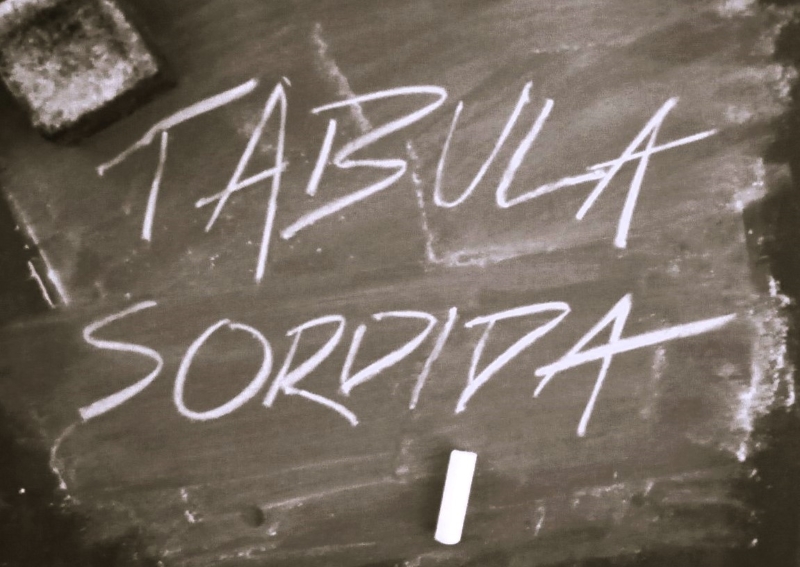I've never been totally satisfied the with psionics systems that I have encountered.
Given my background in Jungian psychology, my personal take on psionics is largely based on Jung, which I find appropriate given the descriptions of mental energies in both Jung and Psionics.
In literature, Julian May's metaphysics is the best 'detailed-without-being-too-detailed' expression of psionics that I've ever read. Anne McCaffery's series involving Talents and her other milieus were properly "vague but evocative" (thank you, ms. kingsmill). The Ethereal Dreamscape in the Darkover books helped color the Mental Plane for me (and if the setting I'm involved with has an Ethereal Plane, I make it the source of psionic energy).
My goal is to create a psionics system for my version of Gamma World and the world of Mutations and Powers found in humans, animals, and plants. I sort Mutations into two kinds - Mundane and Psionic.
If a Mutation found in GW is found anywhere in nature, it falls into the Mundane category (and is included in my Mutant Maker, found elsewhere in this blog). Everything else falls into the Psionic category.
Super-hero and X-Men mutant powers are the ultimate extrapolation of psionics, but that ultimate extrapolation/expression also tends to become much like spell systems that are found in fantasy games, which I'm trying to avoid. Spell systems are complex, and complexity leads to no-rhyme-or-reason and makes a system prone to gaming. I also dislike the deus ex machina tendencies of magic (which I frequently shorten and just call them machinations). Psi has always been found in even the most hardened of sci-fi, including Heinlein and Niven and Asimov.
The first step to designing my system is to analyze and identify the fundamental concepts that I find in all psionic systems, and I think I've identified two axis that are common to all. These two axis also map nicely to the fundamental "forces" of Jungian Psychology.
The first axis of psi is the also the first axis of Jungian Psychology - Introversion (i) vs. Extraversion (e). Another way to look at (i) and (e) is Defense and Offense, if in combat. Introversion is about one's self, and Extraversion is everything else outside of one's self. It also indicates the direction of energy, in or out. Introversion and Extraversion also maps to Subjective and Objective, or Individual and Collective.
The second axis of Jungian Psychology is that of Perception vs. Judgment, which in another blog entry you'll see mapped to the Mental and Physical Attributes (INT, WIS, CHA and STR, DEX, CON respectively), and which can also map to the two fundamental "forces" of Telempathy (Tm) and Telekinesis (Tk).
If you square (i) and (e) with Tm and Tk, you end up with four quadrants: Tm(i), Tm(e), Tk(i), Tk(e).
Psionics |
Direction |
||
Introverted (i) |
Extraverted (e) |
||
Mode |
Telempathy (TM) |
TM(i) |
TM(e) |
Telekinesis (TK) |
TK(i) |
TK(e) |
|
Take any mutation or power, and you can categorize them in one of those four quadrants, and frequently no more than one. There are of course exceptions that can be applied either inside or outside of one's self, or that take a combination of Tm and Tk to utilize, such as healing (or scarring) of the mind or body as seen in the power of Redaction in Julian May's books. Affecting the physical bodies of others (for good or ill) can be seen as a combination of i and e as well, such as when someone is attempting to stop another's heart, or healing one's wounds at a distance. (e) can describe how far away someone can do such feats, or how strong against someone's will (i) one can force it. You can get quite into the rabbit hole of just how much a given power is (i) and (e) and how much resistance one can exert to such powers. For now, it's not important, as we haven't gotten to the game mechanical layer of analysis or application yet.

No comments:
Post a Comment